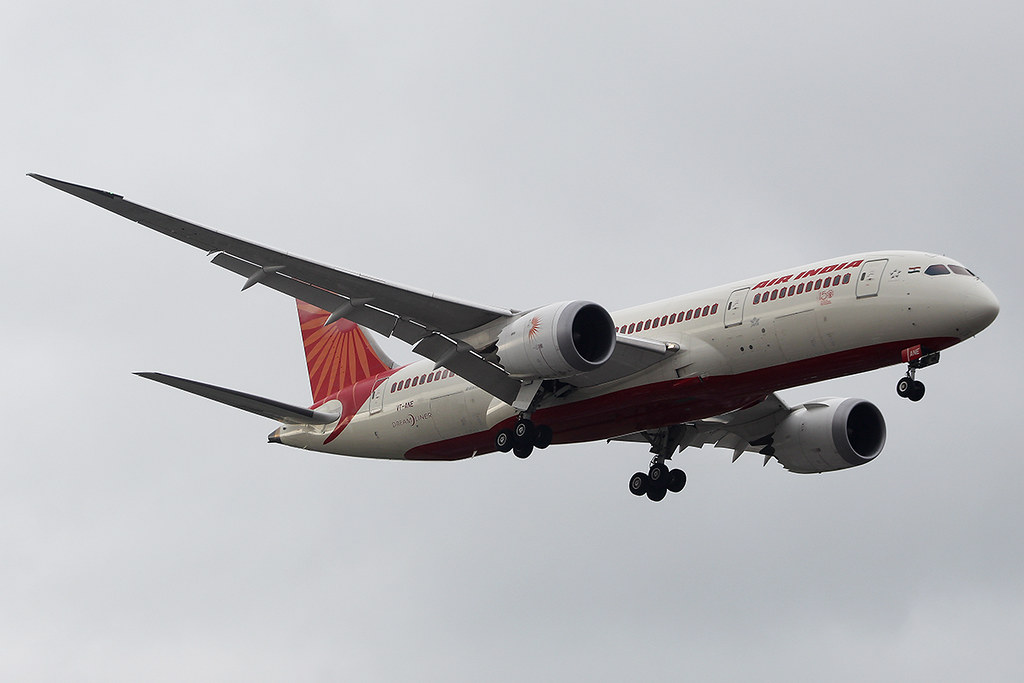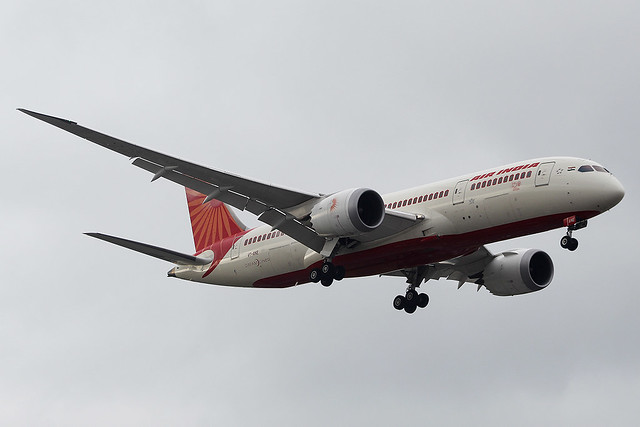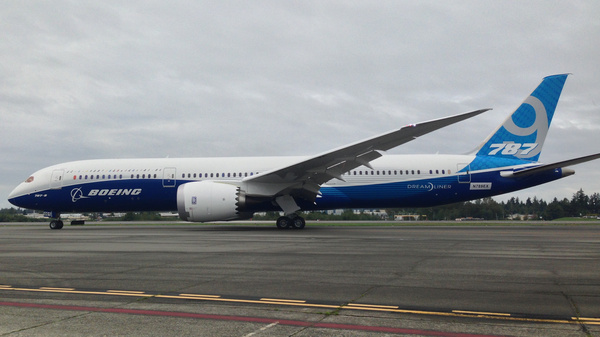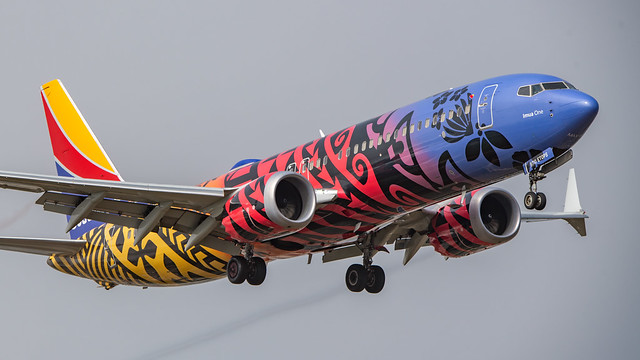India B788 at Mumbai on Jan 30th 2014, near collision with private aircraft
Last Update: October 13, 2016 / 14:03:48 GMT/Zulu time
Incident Facts
Date of incident
Jan 30, 2014
Classification
Report
Cause
Near collision
Airline
Air India
Flight number
AI-116D
Departure
Mumbai, India
Destination
Delhi, India
Aircraft Registration
VT-ANE
Aircraft Type
Boeing 787-8 Dreamliner
ICAO Type Designator
B788
The aircraft, that had departed as flight AI-116 from London Heathrow,EN (UK) to Delhi (India) the previous day, diverted to Mumbai in the early morning of Jan 30th and had remained on the ground in Mumbai for about 6 hours.
A private aircraft registration VT-TLE, that had departed Juhu Aerodrome (India) and was in contact with Mumbai Approach Frequency, was instructed to cross the departure path out of runway 14 at about 4.5nm from the runway end at or below 3000 feet, the pilot's readback of 3700 feet was not corrected by the approach controller. The aircraft was equipped with a Mode-C only transponder, but did not feature TCAS. The controller later stated during post incident interviews, that he had mistaken the private aircraft for a helicopter and had assigned a routing that was only provided to helicopters.
India's DGCA released their final report concluding the probable causes of the serious incident were:
The Controller giving routing to aircraft VT-TLE direct to DOGAP which was cutting across the take-off path of the aircraft VT-ANE (AIC116D), took the aircraft VT-TLE into conflict with aircraft VT-ANE and subsequently resulted into the incident.
Contributory Factors
- The Approach controller did not stop departure from Runway 14 even after giving VT-TLE direct to DOGAP which was taking her to the takeoff path of Runway 14.
- No attempt was made to ensure vertical separation between VT-TLE and VT-ANE until both of them came close to each other resulting into breach of separation.
- The first avoidance headings were issued by RADAR controller to VT-ANE 60 seconds after & to VT-TLE 70 seconds after, VT-ANE first made contact with RADAR Controller. This was just 30 seconds before VT-ANE received RA.
- Further, the ATC Automation System did not annunciate any Predicted Conflict Warning (PCW). A timely warning may have alerted the controller earlier to the impending situation for him to take a more timely action.
India's DGCA did not report how close the aircraft got to each other, radar images enclosed with the report suggest however, that the vertical separation reduced to 0 feet with the horizontal separation substantially less than 1nm.
The weather report at the time of the occurrence indicated no significant cloud, visibility 2300 meters due to smoke, temperature 27 degrees C, dew point 9 degrees C, winds from 070 degrees at 6 knots.
The DGCA analysed:
VT-TLE, P68C, departed from Juhu Aerodrome at time 0429UTC RUNWAY26 and contacted Mumbai Approach Radar. The controller cleared the aircraft to turn left heading southerly direction and climb to 1000ft.
Reaching 1000ft, VT-TLE contacted Approach Radar and requested left turn (to proceed via shortest route) and further climb. At time 0430, the controller gave it climb to 2000ft and asked the aircraft to turn right, turn left proceed direct DOGAP. VT-TLE interpreted this ambiguous instruction as turn left proceed direct DOGAP which it confirmed with the controller who said AFFIRM. This direct routing now aligned the aircraft on a heading intersecting with the take-off path of RUNWAY 14 of CSIA Mumbai Aerodrome, which happened to be the RUNWAY in use for departures/arrivals. The point of intersection can be estimated at approx. 4.5NM from the RUNWAY14 end of CSIA Aerodrome. At time 043133 Approach Radar restricted its climb to 3000ft and informed it to expect further climb after passing 10NM due traffic (traffic not specified). However, VT-TLE readback climb to 3700ft which was not corrected by Approach RADAR.
At time 043225, SVA745 contacted Approach RADAR after departing RUNWAY14 Mumbai passing 2000ft and was cleared FL140. RADAR passed VT-TLE traffic information of SVA745 which was climbing 5NM ahead of VT-TLE (non-standard phraseology used) and asked VT-TLE to maintain 3000ft on reaching which was read back correctly by VT-TLE. Thereafter, the controller was handling other traffic, and VT-TLE continued on its heading & maintaining 3000ft.
At time 043527 B787 aircraft VT-ANE flight AIC116D, after departure from Mumbai RUNWAY14 & passing 2100ft came in contact with Approach RADAR. Approach RADAR called “116D, VTLT CLIMB FL70 EXPEDITE REACHING”. VT-TLE called to confirm whether it was being called which was acknowledged by RADAR. Again use of ambiguous and non-standard phraseology. AIC116D again called Approach RADAR, but RADAR was unable to respond and asked VT-TLE to proceed direct DOGAP and expedite climb to FL70, maybe recognizing the situation that was now developing. At time 043627 RADAR instructed AIC116D “116D TURN LEFT HEADING 360 CLIMB FL, STAND BY FOR FURTHER CLIMB”. AIC116D readback the turn instruction and added that it was cleared to CLIMB to FL70 (as per SID).
At 043632 RADAR instructed AIC116D to TURN LEFT HEADING 310, 340 NOW. To this AIC116D readback ‘LEFT HEADING 340 AND CLIMBING LEVEL 70’. Then Approach RADAR restricted VT-TLE to 4000ft and to turn right heading 180 now. At 043650 RADAR passed traffic to VT-TLE of AIC116D and asked AIC116D to expedite passing FL80 using “VT TRAFFIC IS JUST CROSSING YOU NOW JUST STAND BY FOR CLIMBING, AIC166D EXPEDITE TILL PASSING, CLIMB 140 EXPEDITE 80”.
At 043703 AIC116D reported getting RA on TCAS at 4000ft approximately 6NM from Mumbai, which was acknowledged by RADAR. AIC116D was observed maneuvering and descending for RA. Then, RADAR asked VT-TLE to turn right heading 180. At time 043716 RADAR asked AIC116D to CLIMB FL140 AND PROCEED DIRECT TO DOSTO NOW. AIC116D had not reported that it was clear of traffic then.
At 043721 AIC116D reported that it was now CLEAR OF TRAFFIC NOW CLIMBING LEVEL 140 PROCEEDING DIRECT DOTIP. RADAR instructed AIC116D to proceed direct to DOSTO to which AIC116D complied.
VT-TLE did not report receiving RA or TA as it was not carrying TCAS on board but had a serviceable mode ‘C’ transponder.
Three safety recomendations dealing with ATC procedures regarding VFR traffic out of Juhu were released as result of the investigation.
Incident Facts
Date of incident
Jan 30, 2014
Classification
Report
Cause
Near collision
Airline
Air India
Flight number
AI-116D
Departure
Mumbai, India
Destination
Delhi, India
Aircraft Registration
VT-ANE
Aircraft Type
Boeing 787-8 Dreamliner
ICAO Type Designator
B788
This article is published under license from Avherald.com. © of text by Avherald.com.
Article source
You can read 2 more free articles without a subscription.
Subscribe now and continue reading without any limits!
Read unlimited articles and receive our daily update briefing. Gain better insights into what is happening in commercial aviation safety.
Send tip
Support AeroInside by sending a small tip amount.
Related articles
India B788 near Mumbai on Jul 21st 2022, loss of cabin pressure
An Air India Boeing 787-8, registration VT-ANE performing flight AI-934 from Dubai (United Arab Emirates) to Kochi (India) with 247 passengers and 11…
India B788 near Kolkata on Jul 16th 2018, smoke in the cabin
An Air India Boeing 787-800, registration VT-ANE performing flight AI-380 from Delhi (India) to Singapore (Singapore) with 206 passengers and 10…
India B788 at Hong Kong on Oct 20th 2018, descended to 200 feet AGL 2.6nm short of the runway
An Air India Boeing 787-8, registration VT-ANE performing flight AI-314 (dep Oct 19th) from Delhi (India) to Hong Kong (China) with 197 passengers…
India B788 near Hong Kong on Jul 5th 2018, cracked windshield
An Air India Boeing 787-800, registration VT-ANE performing flight AI-314 from Hong Kong (China) to Osaka Kansai (Japan) with about 140 passengers,…
Air India B788 near Berlin on Jan 19th 2014, complete loss of transponders
An Air India Boeing 787-800, registration VT-ANE performing flight AI-116 from London Heathrow,EN (UK) to Delhi (India), was enroute at FL370 about…
Newest articles
ANZ B789 over Timor Sea on Apr 16th 2024, turbulence injures passenger
An ANZ Air New Zealand Boeing 787-9, registration ZK-NZC performing flight NZ-65 from Denpasar (Indonesia) to Auckland (New Zealand), had just…
Southwest B38M at Washington on Apr 18th 2024, runway incursion forces rejected takeoff
A Southwest Airlines Boeing 737-8 MAX, registration N8710M performing flight WN-2937 from Washington National,DC to Orlando,FL (USA), was taxiing for…
Subscribe today
Are you researching aviation incidents? Get access to AeroInside Insights, unlimited read access and receive the daily newsletter.
Pick your plan and subscribePartner

A new way to document and demonstrate airworthiness compliance and aircraft value. Find out more.

ELITE Simulation Solutions is a leading global provider of Flight Simulation Training Devices, IFR training software as well as flight controls and related services. Find out more.

Your regulation partner, specialists in aviation safety and compliance; providing training, auditing, and consultancy services. Find out more.
AeroInside Blog
Popular aircraft
Airbus A320Boeing 737-800
Boeing 737-800 MAX
Popular airlines
American AirlinesUnited
Delta
Air Canada
Lufthansa
British Airways







